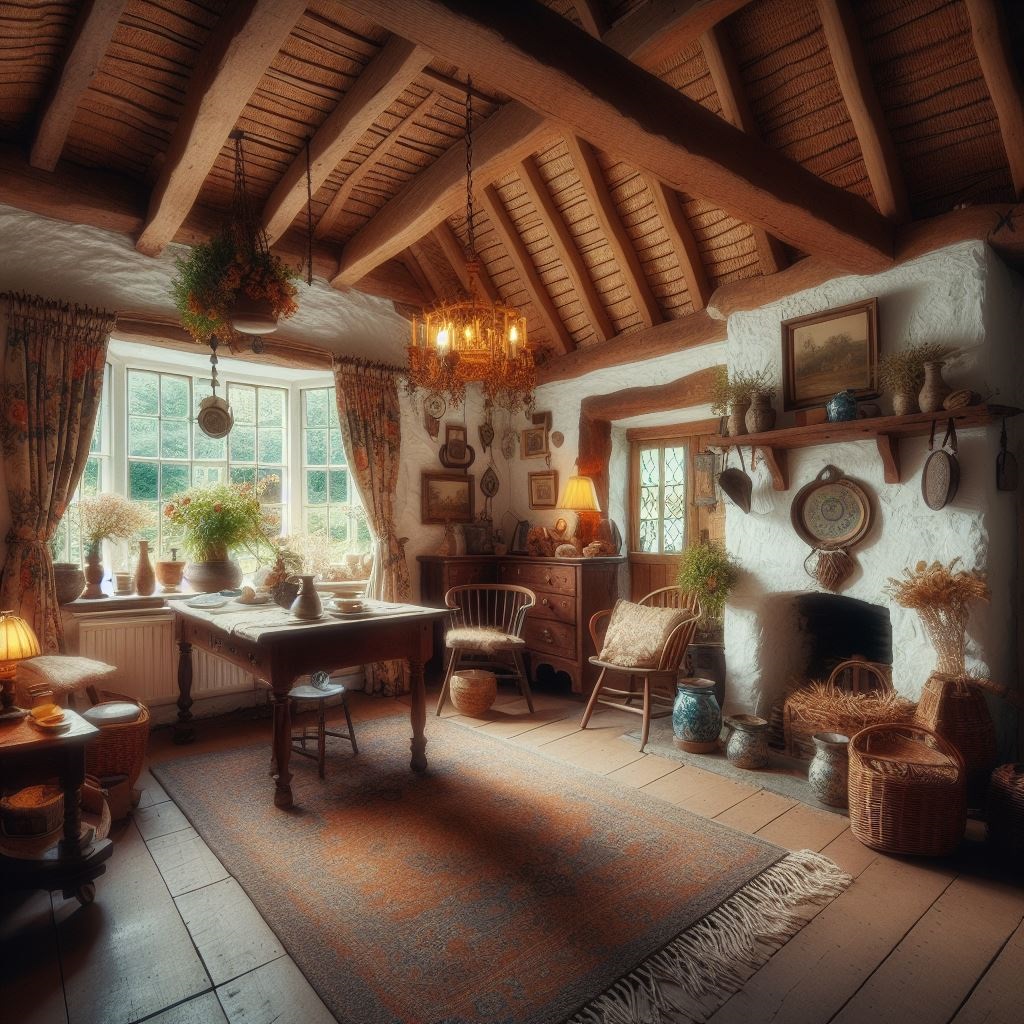
Historic homes occupy a cherished position within our communities, acting as tangible links to our collective past and embodying the architectural and cultural heritage that newer constructions can rarely replicate. Preserving these buildings, with their distinctive aesthetics and narratives, necessitates a thoughtful approach that balances maintenance and restoration efforts. This guide, shaped by my own experience in restoring and living in an old house, offers advice on how to cherish and maintain the historical elements of old homes, ensuring they continue to grace our landscapes for generations to come.
Understanding the Value of Historical Elements
Before embarking on restoration or maintenance, it’s crucial to comprehend the intrinsic value of the historical elements within your home. These features—whether ornate woodwork, original plaster ceilings, vintage tilework, or classic windows—narrate stories of the era they were created, reflecting the craftsmanship and materials of their time. Preserving these elements not only maintains the character and authenticity of the home but also honours the craftsmanship of bygone eras.
Conducting a Historical Audit
Begin with a comprehensive audit of your home’s historical features. Identify which elements are original, which have been added or altered over time, and the condition of these features. This audit can help prioritise restoration projects and maintenance tasks, ensuring that the most vulnerable or damaged elements receive attention first. Consulting with a historian or an architect specialising in historic preservation can offer insights into the home’s architectural period and guidance on preservation best practices.
Prioritising Preservation Over Replacement
When faced with worn-out or damaged historical elements, the instinct might be to replace them. However, preservationists recommend restoration wherever possible. Techniques such as refinishing wood, patching plaster, and repairing windows can maintain the historical integrity of the home. Replacement, if absolutely necessary, should be approached with sensitivity to the original materials and designs, using period-appropriate methods and materials. In our own case, the use of secondary glazing allowed us to retain the original windows and keep out the drafts.
Regular Maintenance Is Key
Regular maintenance is crucial in preventing irreversible damage. This includes routine cleaning, painting, and repairs, as well as promptly addressing issues like water damage or pest infestations. Proper maintenance not only protects the home’s structural integrity but also preserves its historical elements for the future.
Embracing Modern Solutions for Preservation
While maintaining authenticity is important, modern technology and materials can play a role in preservation. For instance, applying a breathable silicone treatment to protect porous brickwork or using UV-protective films on historic glass can prevent damage without altering the appearance. Similarly, sensitively installing modern heating systems or insulation can improve comfort and energy efficiency without compromising historical features. For example, in our own situation, we installed underfloor heating instead of radiators.
Navigating Regulations and Incentives
Many historic homes are subject to local or national preservation laws, requiring owners to navigate regulations when planning restoration projects. Familiarise yourself with these regulations early on to ensure compliance and explore available grants or tax incentives for preservation projects, which can offer financial relief. To enquire about grants and incentives for preservation projects, you could ask your architect, your local county council or the Heritage Council.
The Reward of Preservation
Preserving the historical elements of a home is a labour of love that offers rewards beyond maintaining a structure. It’s about preserving a piece of history, contributing to the character of the community, and leaving a legacy for future generations to enjoy. The effort put into maintaining and restoring these homes ensures that the stories and craftsmanship of the past continue to enrich our lives.
In summary, preserving historical elements in homes demands a careful and informed approach, balancing the desire to maintain original features with the practicalities of modern living. By valuing authenticity, conducting thorough audits, prioritising preservation, and embracing both traditional and modern solutions, you can ensure that these historic homes remain cherished landmarks for years to come.
If you are considering renovating an old or historic house, you can get a number of quotes from tradesmen and trade professionals on our website here
Cheers
Oliver Dempsey
Tradesmen.ie
4 April 2024
General Tips for hiring a tradesman
Here are some tips to consider when hiring a tradesman:-
1. Ask for phone numbers of references so that you can check them out
2. Check insurance of the tradesman where insurance is required
3. Hire a suitably qualified architect, building surveyor or building engineer if the job is anything to do with a new build, building renovation or extension
4. Agree on some sort of stage payments for the job. Remember that full payment should not be made until the job is complete and has been inspected by you, and if necessary by a certifier.






